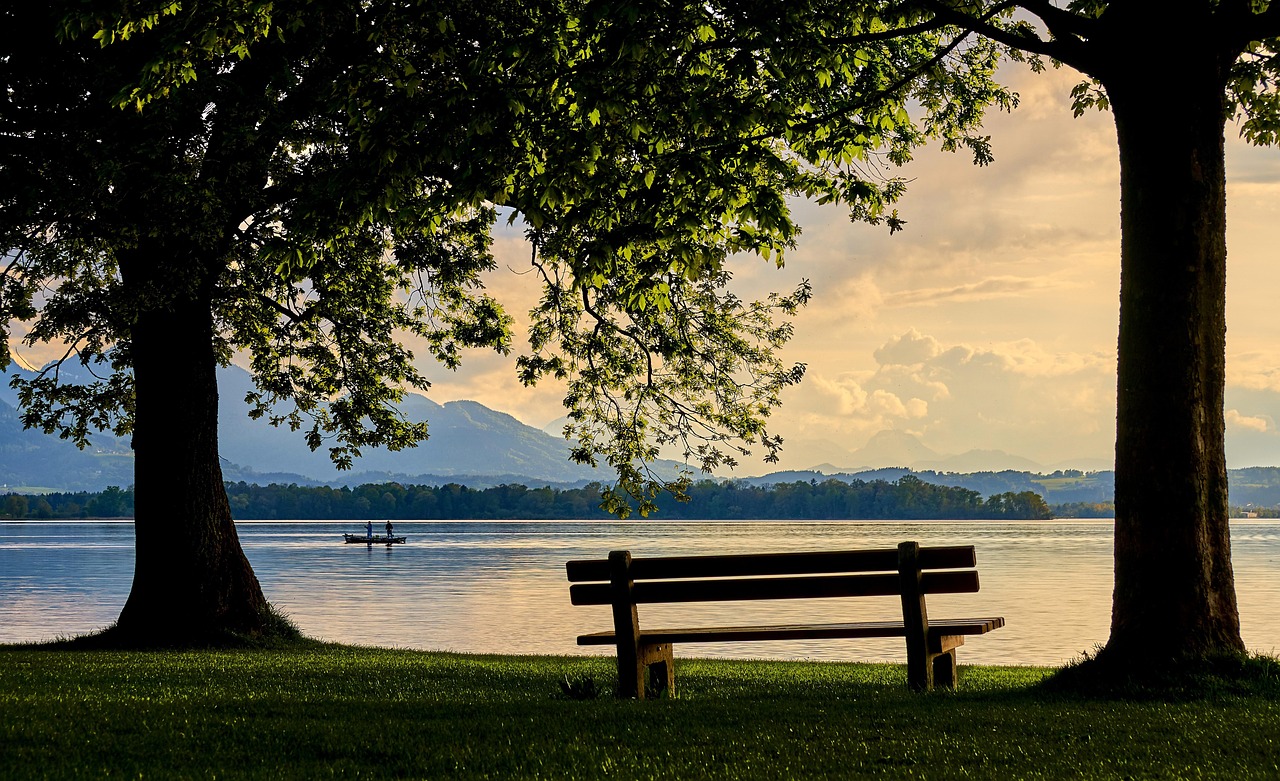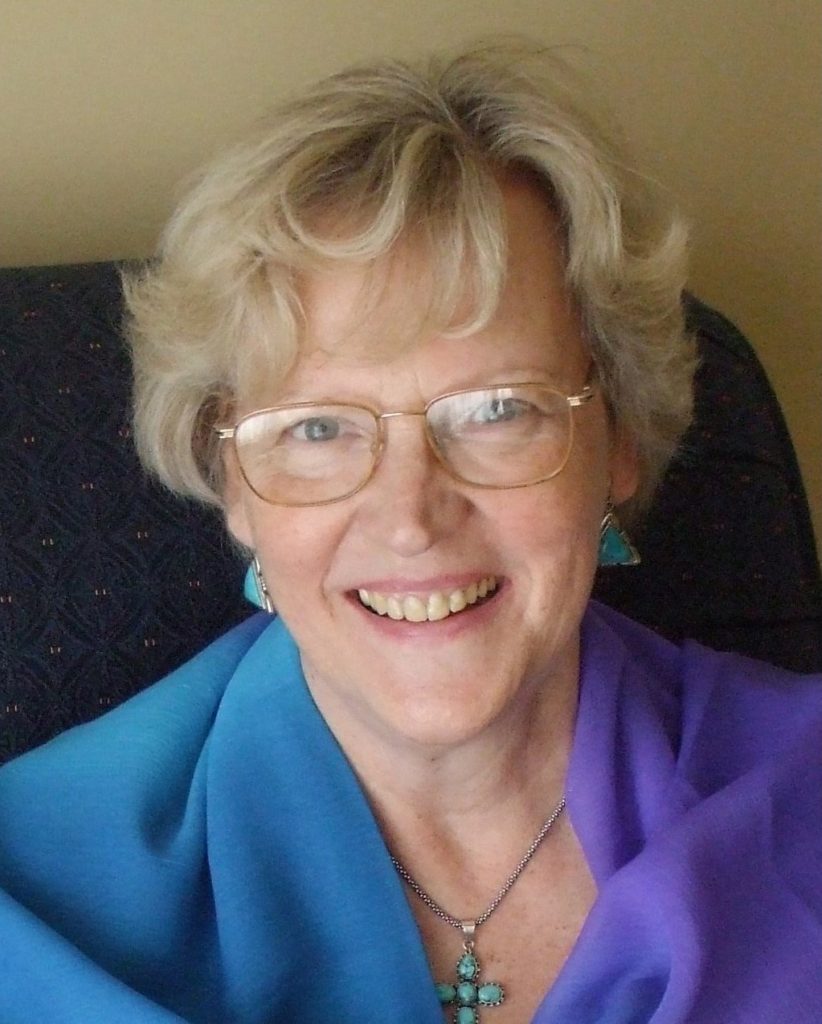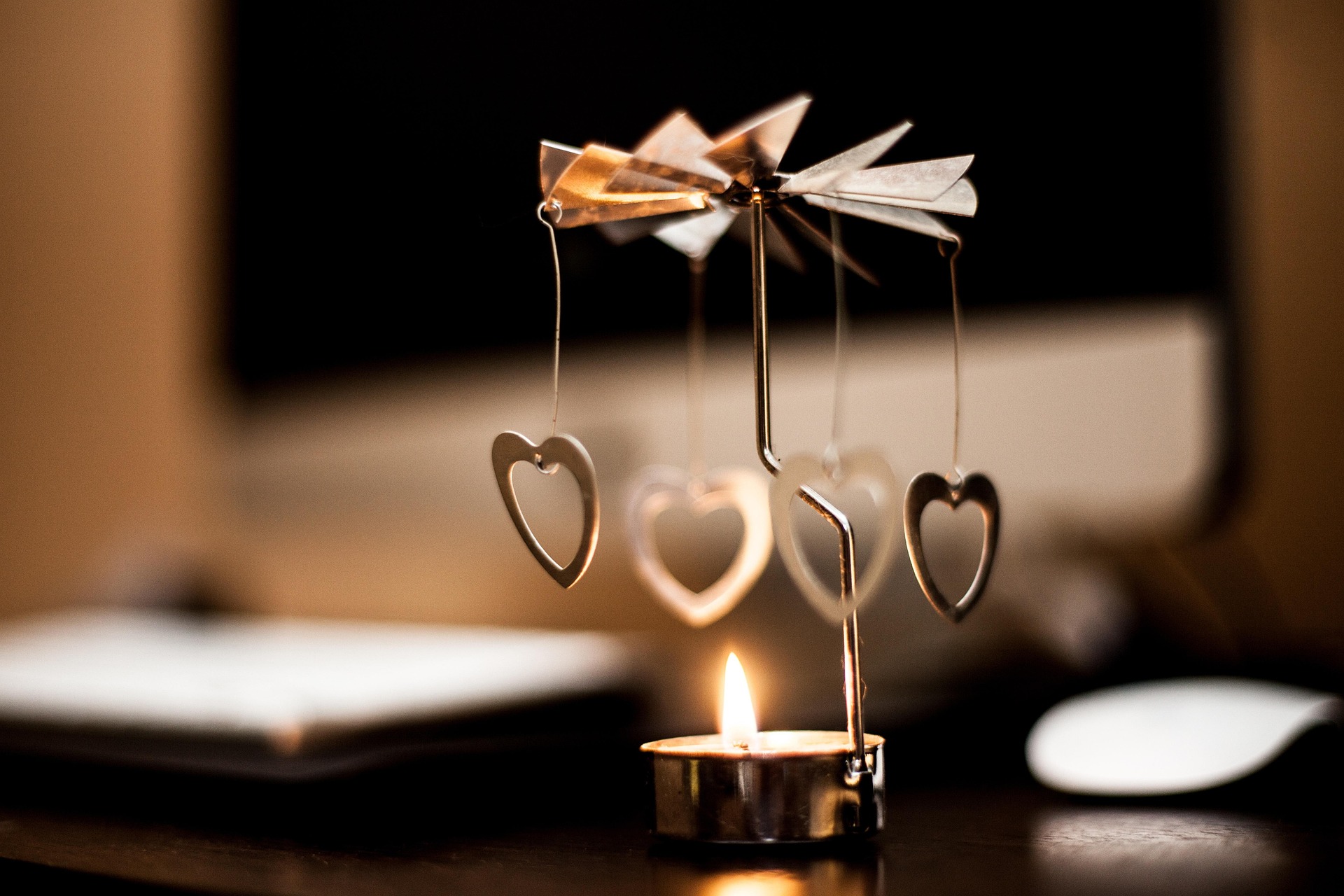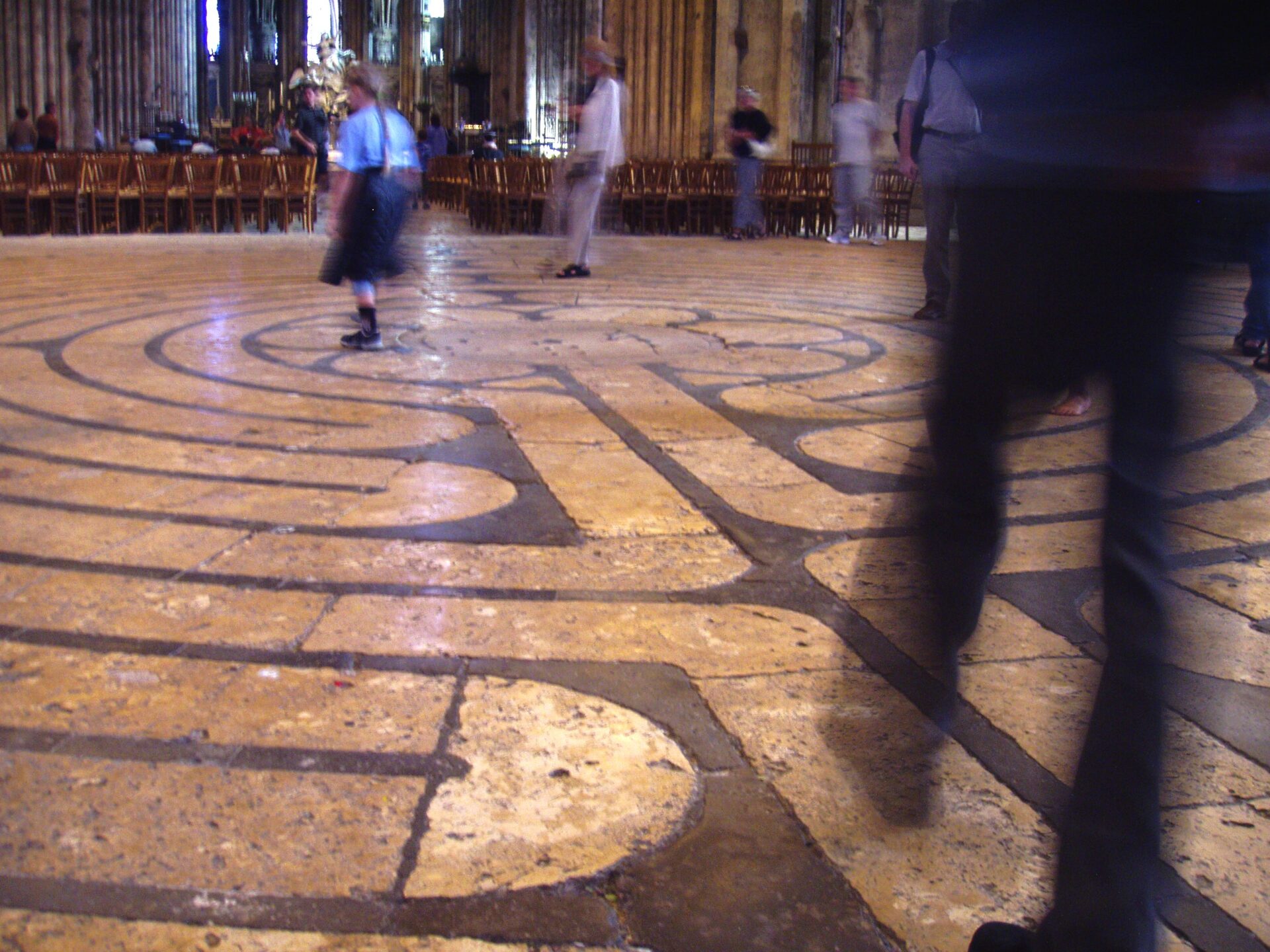The journey of meditation is in John Main’s words essentially “a pilgrimage to our own heart”, the most sacred place, where Christ dwells. Meditation is discovering “the life of the Spirit of Jesus within our human heart.”
There are distinct stages we go through on this journey. Although the stages are presented in the following letters in a linear fashion, we need to be well aware that the journey is a spiralling one of overlapping, deepening levels with the stages reappearing, merging and transforming.
When we first begin to meditate, usually just once a week or once a day, the discipline seems easy and we start out with excitement and real commitment to our periods of meditation. Soon our initial enthusiasm is tested and a deeper commitment is needed for the discipline, a commitment to firmly integrate two meditation sessions into daily life. Over time this regular practice of repeating the mantra allows us to leave our self-conscious thoughts gradually behind. There are moments of true silence and stillness and glimpses of peace, love and joy. This is the time to be alert to the temptation to cling to these experiences. We need to continue to practice without expectations or demands for any ‘results’. In time, the discipline becomes a true necessity.
But from the silence emerges a different level of thought – repressed memories, emotions and fears. These are at times painful and we feel resistance on sitting down. This is not surprising, for as Walter Hilton, the 14th century English mystic, put it, “if a man came home to his house and found nothing but a smoking fire and a nagging wife, he would quickly run out again”. But the release of these suppressed emotions is necessary: we shed the tears we did not shed when we should have; the anger and irritations we did not express at the proper time need to find an outlet. When we acknowledge these feelings and just allow them to be released, our soul experiences healing. We don’t have to understand where these feelings come from, nor should we act them out; instead we just need to accept them as valid. Sr Eileen O’Hea used to call these repressed and frozen emotions ‘blocks of ice’, that, when we allow them to emerge, melt in the love and light of Christ.
It may also happen, when we have been meditating for quite a long time, that we are assailed by what the Desert Fathers and Mothers called the ‘demon of acedia’. He manifests himself as disenchantment with meditation and the spiritual path; we are bored and everything is tainted. We think we can find more useful things to do with our time than sitting down to meditate. We blame others and the environment for our own lack of attention. It is a time of dryness, boredom, restlessness, and distractions, with inner silence a thing of the past. It is our ‘desert experience’. It is a time of spiritual testing; we want to give up. All we can do at this time is to persevere in the faithful repetition of the mantra. We accept our need of God and trust that God guides us, is present nevertheless, loves us and will never permit us to be tried beyond our strength. (to be continued)





